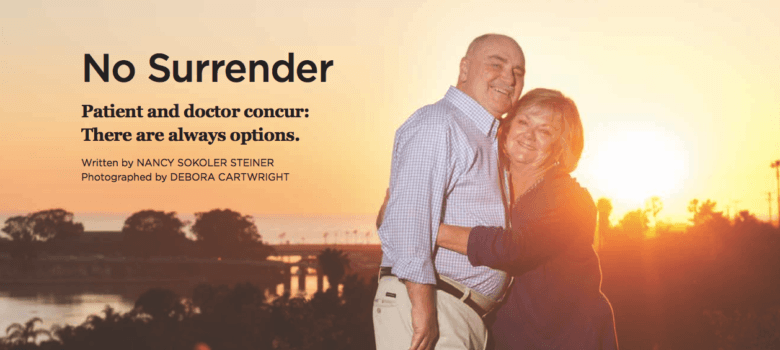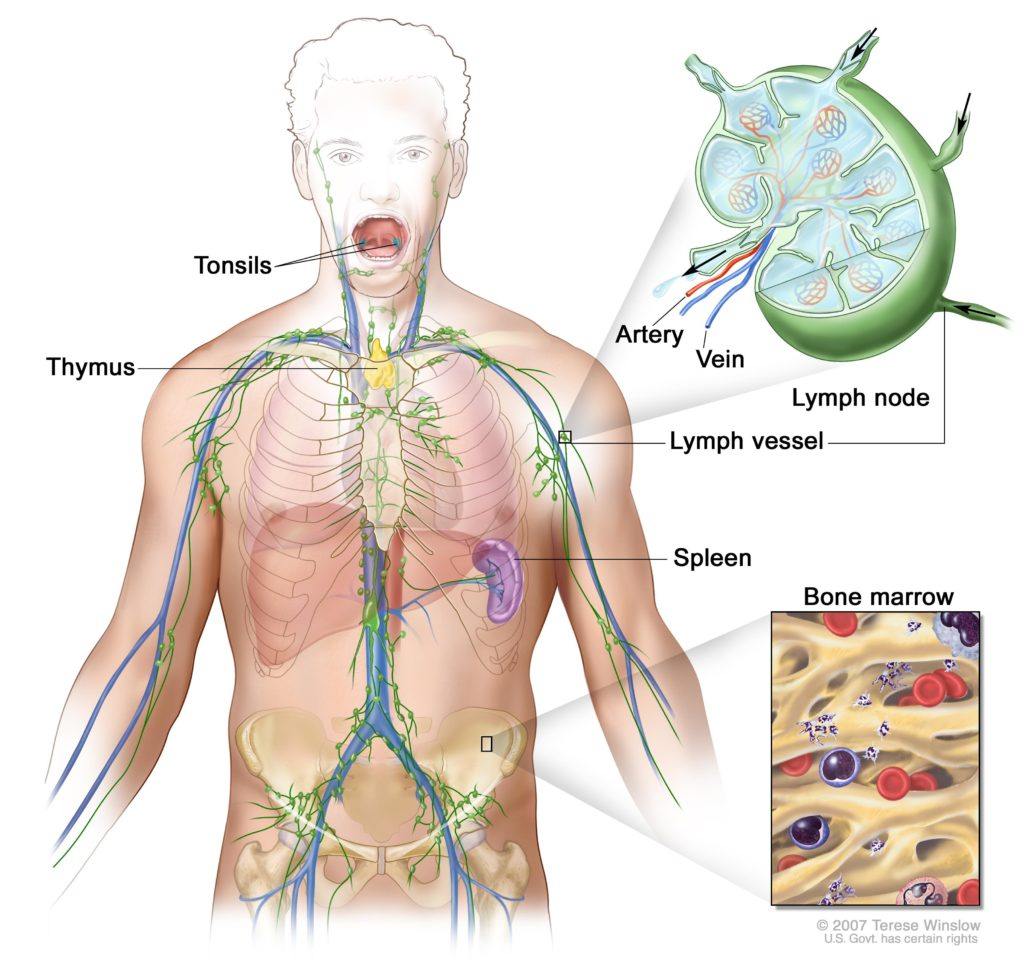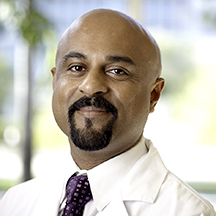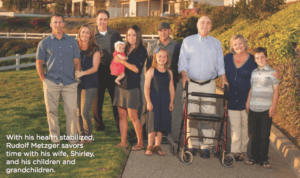

PATIENT STORY: Many Options to Treat CNS Lymphoma
by Zara Jethani
It was Winston Churchill who famously said, “Never give in—never, never never.” He could have been describing Rudolf Metzger and his Providence Saint John’s Health Center physician Santosh Kesari, MD, PhD.
Metzger has confronted numerous obstacles over his 70 years. As a young immigrant from Austria, he had to master a new language and new culture. As an American soldier, he served during Vietnam. And as a firefighter for more than three decades, he confronted life-threatening blazes. Metzger is fighting for his life. And he has an equally formidable ally in Dr. Kesari, a neurologist and neuro-oncologist and the director of neuro-oncology at the Pacific Neuroscience Institute and Saint John’s Cancer Institute.
Metzger’s odyssey began about six years ago, when the Carlsbad resident began experiencing dizziness and vomiting. It took time for doctors to determine the cause, but when they did the news was chilling. Metzger had primary CNS lymphoma, a rare form of brain cancer. He was given three months to live. Metzger and Shirley, his dedicated wife of 44 years, refused to accept that answer. A retired nurse, Shirley sought referrals to a doctor who might be able to help. One name stood out: Santosh Kesari, at that time director of neuro-oncology at UC San Diego’s Moores Cancer Center.

Where others see no alternatives, Dr. Kesari becomes a detective, looking at the specifics of each patient’s cancer for clues that might point to potential effective treatments. “We have a choice,” he says of those who have run out of options. “We can send the patient to hospice, or we can be innovative based on leading-edge scientific knowledge about the disease or underlying mutations and pathways.”

In Rudolf Metzger’s case, Dr. Kesari had read about an early cancer clinical trial in France showing promise for CNS lymphoma using high-dose chemotherapy combined with bone marrow transplantation. Metzger underwent the procedures, and his health stabilized for two years. When the cancer returned, Dr. Kesari identified a drug approved for a different type of cancer that he believed would be effective—a practice called off-label drug usage. “Over the past five years, we have tried various off-label brain cancer treatments [for Metzger], and each helped for six to 12 months,” said Dr. Kesari.
Metzger ran out of chemo options last fall, right around the time Dr. Kesari came to Providence Saint John’s Health Center. The Metzgers weren’t about to let geography interfere. They followed Dr. Kesari to Santa Monica, making a four- plus-hour journey each way for appointments. “We’ve never known another doctor as caring, attentive and responsive,” says Shirley Metzger. “There was no question we’d come here.”
Soon after his arrival, Dr. Kesari conceived of another novel approach to treating Metzger’s cancer. Using results of a protein analysis of Metzger’s tumor, he determined that the tumor might respond to a certain type of immunotherapy—a method of stimulating the body’s immune system to attack cancer. It was an uncertain proposition, but Saint John’s backed him up. “I am fortunate to be here at a supportive cancer center that understands the needs of orphan diseases and high unmet cancers where the standard treatments fail often,” says Dr. Kesari.
 The results were dramatic: Four weeks after Rudolf Metzger started immunotherapy, several of his brain tumors disappeared completely. The main tumor shrank by 50%. As of mid-February, it was down by 90%. Six years of cancer treatment haven’t been easy. Metzger suffers from poor vision, joint pain and difficulty walking. But he and Shirley, parents of four grown children, are deeply grateful for all they’ve been able to experience in those years. They had more time to dote on their dog, Cheyenne, a rescue named for the first place Metzger’s family settled in the United States. They witnessed the return of a son—a lieutenant colonel in the Marines—and his wife to Carlsbad after eight years of deployments overseas. And they just welcomed a third grandchild, a girl, in November. They also attended their 9-year-old grandson’s wrestling matches and their 7-year-old granddaughter’s soccer matches. “He’s got 32 wins and no losses,” Metzger boasts of his grandson. “We watched him at the state competition in Fresno; he earned a third place this year.”
The results were dramatic: Four weeks after Rudolf Metzger started immunotherapy, several of his brain tumors disappeared completely. The main tumor shrank by 50%. As of mid-February, it was down by 90%. Six years of cancer treatment haven’t been easy. Metzger suffers from poor vision, joint pain and difficulty walking. But he and Shirley, parents of four grown children, are deeply grateful for all they’ve been able to experience in those years. They had more time to dote on their dog, Cheyenne, a rescue named for the first place Metzger’s family settled in the United States. They witnessed the return of a son—a lieutenant colonel in the Marines—and his wife to Carlsbad after eight years of deployments overseas. And they just welcomed a third grandchild, a girl, in November. They also attended their 9-year-old grandson’s wrestling matches and their 7-year-old granddaughter’s soccer matches. “He’s got 32 wins and no losses,” Metzger boasts of his grandson. “We watched him at the state competition in Fresno; he earned a third place this year.”
Immunotherapy appears to be the option the Metzgers prayed for. Although the treatment does not succeed in every cancer patient, Metzger has responded to the medication and is doing well at the present time. “Right now the treatment is working, and the prognosis is great,” says Dr. Kesari. “I am hopeful it will result in long-term remission.”
But if for some reason it doesn’t, both doctor and patient will persist. “There are always new options to consider every year as new drugs are approved,” says Dr. Kesari.
“He’s not giving up,” Shirley Metzger says of her husband. “He loves life too much.”
Written by NANCY SOKOLER STEINER
Photographed by DEBORA CARTWRIGHT
Providence Saint John’s Health Center Breakthroughs Magazine | SPRING 2016
To contact Dr. Kesari’s clinic, please call 310-829-8265 or email us at neuro.oncology@jwci.org.
About the Author

Zara Jethani
Zara is the marketing director at Pacific Neuroscience Institute. Her background is in molecular genetics research and healthcare marketing. In addition, she is a graphic designer with more than 20 years experience in the healthcare, education and entertainment industries.
Last updated: November 13th, 2019